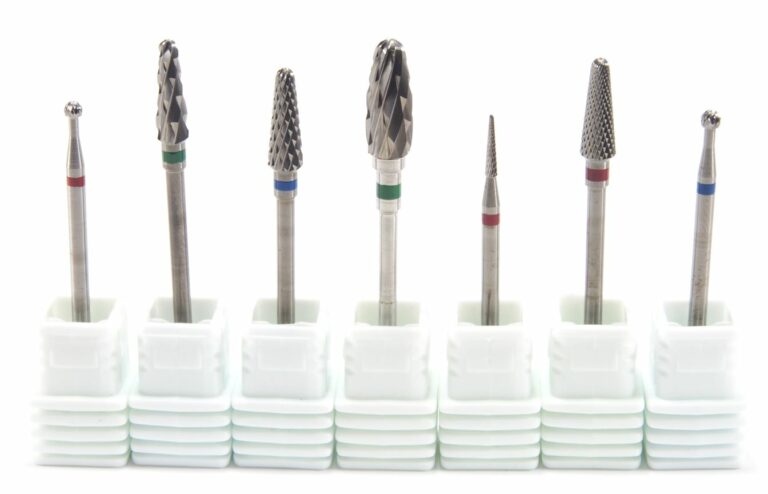There are many different types of dental burs on the market, each with its own set of benefits. Grinding, cutting, sharpening, and eliminating sharp edges are all done with these burs. Burs can be used on a variety of materials, including wood, steel, aluminum, zinc, and other metals.
There are only five different types of burs that are useful in dentistry. Each burst has a different capacity and durability. The demand for these burs, like the carbide bur dental, is always increasing. These burs are developed and sold on a big scale by the manufacturers, specifically for the dental industry. We’ll go over the five different sorts of burs right now. Here in this article, we will discuss the five types of dental burs and when to use them.
Diamond burs
This type of dental bur is used to polish teeth and cut them with a smooth edge.
When to use: Diamond burs are made of the hardest substance on the planet. When high precision is required in dental surgery, diamond burs are used.
Often used for: Cutting through the porcelain, polishing.
Benefits of diamond burs:
Diamond burs are used when faster and smoother cutting is required and when exceptional precision is needed. Diamond burs with a finer grit can produce a higher polish, making them better suited to precise work rather than removing huge chunks of material.
Carbide burs
Carbide Burs Dental offers a smoother finish on the teeth than diamond burs.
When to use: Carbide burs are commonly used to prepare teeth for dental fillings and to shape bones before other treatments. Carbide burs can also be used to remove old fillings.
Often used for: Preparing cavities for fillings, shaping bone, removing old fillings.
Benefits of carbide burs:
When compared to diamond burs, these burs leave a smooth surface. Unlike other burs, tungsten carbide burs in dentistry do not vibrate excessively.
Ceramic burs
These burs are used to help the new teeth fit properly in the mouth. Unlike other dental burs, it does not conduct a lot of heat. As a result, managing and adjusting the new teeth into the mouth is simple. These burs can also be used to modify tooth bridges.
When to use: Ceramic burs are used for adjusting acrylic pieces. These are also used to adjust thermoplastics.
Benefits of ceramic burs:
Unlike other dental burs, it does not conduct a lot of heat while fitting the teeth into the mouth. Ceramic burs are suitable for use in sensitive dental treatment.
Steel burs
It is used to prepare a tooth for cavity treatment. Steel burs are less sturdy and break more easily than other dental burs such as diamond burs and ceramic burs. Steel burs are a cost-effective way of preparing cavities and removing dentine.
When to use: These are used for cavity preparation and dentine removal.
Benefits of steel burs:
When paired with wear-resistant carbides, high-speed steel burs provide abrasion resistance and good edge retention. They’re also low-maintenance and quite adaptable.
Different shapes of dental burs
Each form of dental bur is available in a wide range of shapes, each with its own set of benefits. Even if you select the best material for the work, it may be rendered ineffective if combined with an inefficient shape. The round, pear and cross-cut tapering shapes are among the most prevalent.
Pear burs are useful for making access points, prepping cavities, and leveling out tiny tooth roots.
Round burs are used to prepare cavities and create access points, but they can also be utilized to produce undercuts and blade channels during dental extraction.




